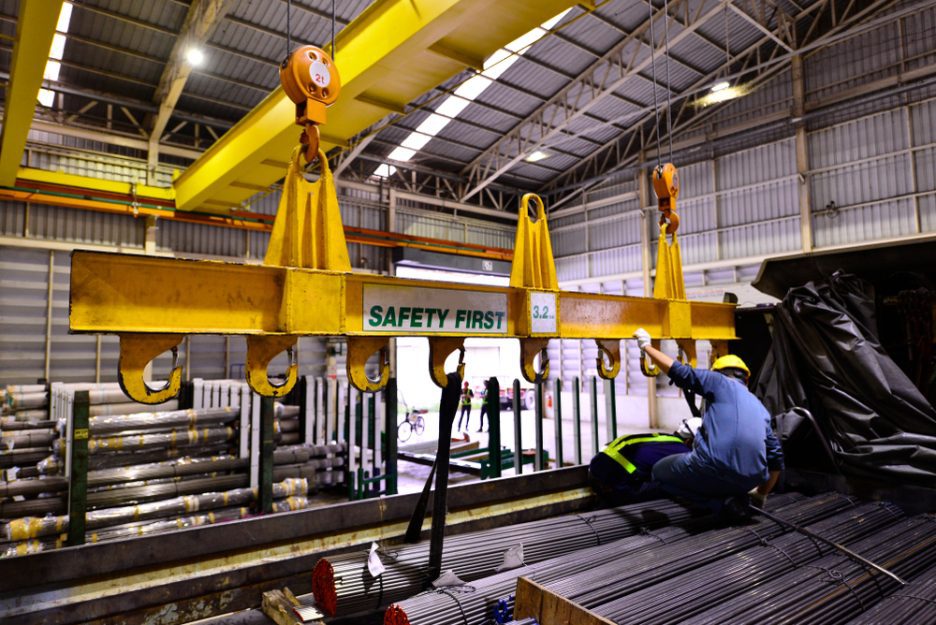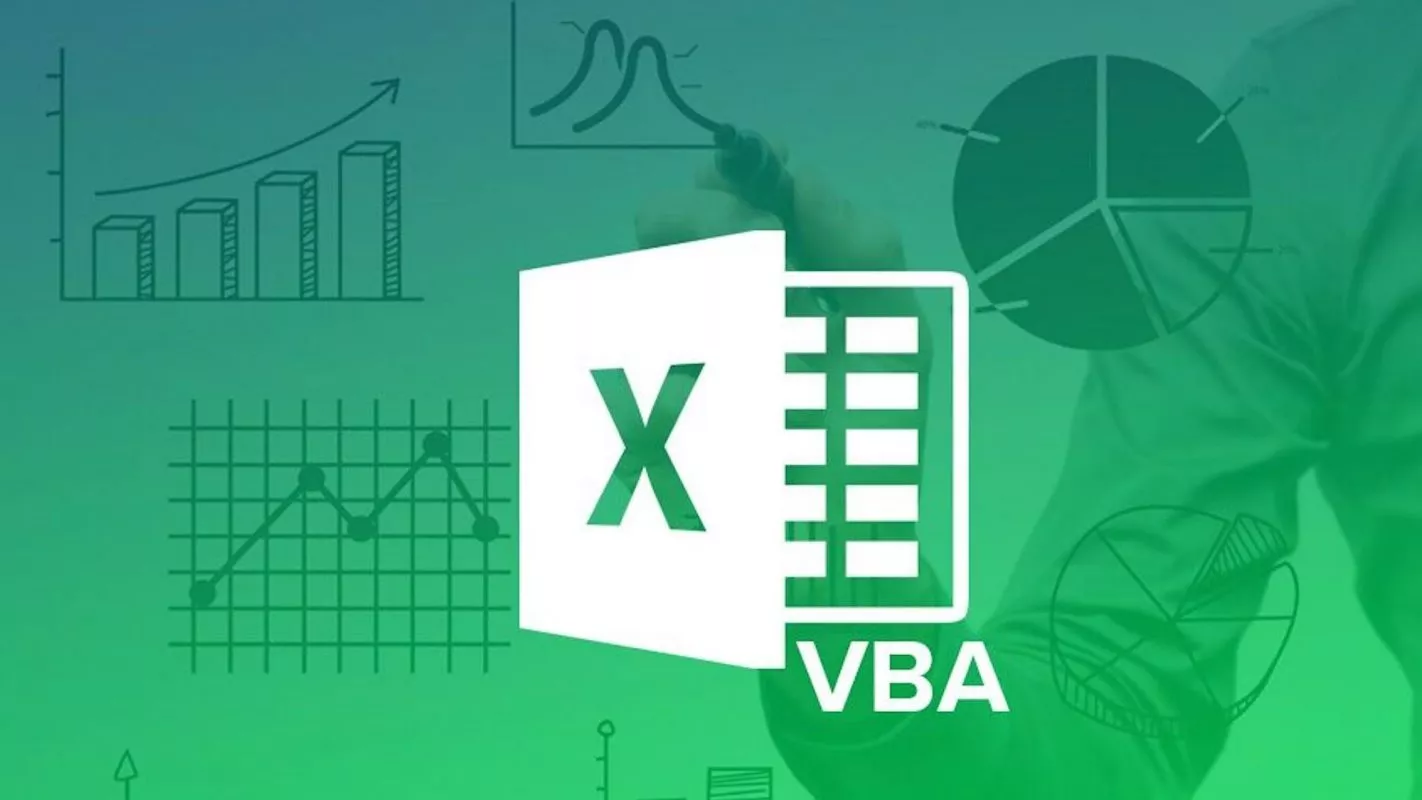The Growing Demand for Medical Transcription Services in the United States

The healthcare industry in the United States is enormous, accounting for nearly 20% of the nation’s gross domestic product. With advancements in medical technology and an aging population, the demand for healthcare services continues to rise each year. This increased demand has led to a parallel need for medical transcription services to document patient encounters and produce medical records.
What is Medical Transcription?
Medical transcription is the process of converting audio recordings of doctor-patient conversations, medical reports, and other verbal medical information into written documentation. This documentation is then included in patients’ medical records and used for various purposes like insurance claims processing, quality assurance, and data analysis.
Trained medical transcriptionists listen to audio files and type out reports according to proper medical documentation standards. The transcribed files are then returned to the healthcare organization for review and entry into the patient’s permanent medical record.
Growing Reliance on Medical Transcription
The need for accurate medical transcription has grown rapidly in recent years for several reasons:
- Transition to EHRs – With the healthcare industry’s shift from paper to electronic health records (EHRs), written documentation is required to input patient data into digital systems. Transcription services aid this transition by efficiently converting verbal notes into digital format.
- Insurance claims – Typed medical reports support insurance claims processing by providing detailed written documentation of patient conditions, treatments, and procedures. This aids reimbursement and compliance.
- Analytics – Transcribed medical data allows for deeper data analysis to uncover trends and insights around treatments and outcomes. This supports quality improvement and cost reduction initiatives.
- Telemedicine expansion – The rise in telemedicine driven by the pandemic has increased audio files from remote doctor-patient consultations. Transcription of these consultations is crucial for complete medical records.
Key Players in the Medical Transcription Industry
The medical transcription sector in the United States comprises both large national companies and smaller regional players. Some of the major companies providing transcription services include:
- Nuance Communications – A market leader in speech recognition and AI technology for converting physician voices into text. They acquired several major transcription companies and now dominate the market.
- Acusis – Offers a wide range of transcription, editing, and quality assurance services with clients across the healthcare spectrum. Based in Tennessee with US-based transcription staff.
- TransPerfect – A global company with significant US presence providing transcription for multi-specialty clinics, hospitals, and individual physician practices.
- ATR International – Specializes in transcription for multilingual patients across diverse specialties and healthcare settings. Has clients nationwide.
- iMedX – Provides end-to-end medical transcription services and has developed proprietary voice recognition technology. Based in Florida.
Benefits of Outsourcing Transcription
Most healthcare organizations find it efficient and cost-effective to outsource medical transcription. The key benefits include:
- Cost savings – No need to hire, train and manage in-house medical transcription staff. Reduces labor expenses.
- Flexibility – Allows healthcare firms to scale transcription needs up or down as volume fluctuates.
- Accuracy – Experience transcription firms have robust quality assurance practices to ensure high accuracy. This supports proper diagnosis and treatment.
- Security – Reputable vendors comply with HIPAA regulations to protect sensitive patient health information.
As advances in speech recognition technology continue, some transcription tasks may become automated. But human insight is still critical for accurate documentation, especially for complex medical cases. The demand for fast, high-quality medical transcription services in the US healthcare sector will undoubtedly continue to grow.




